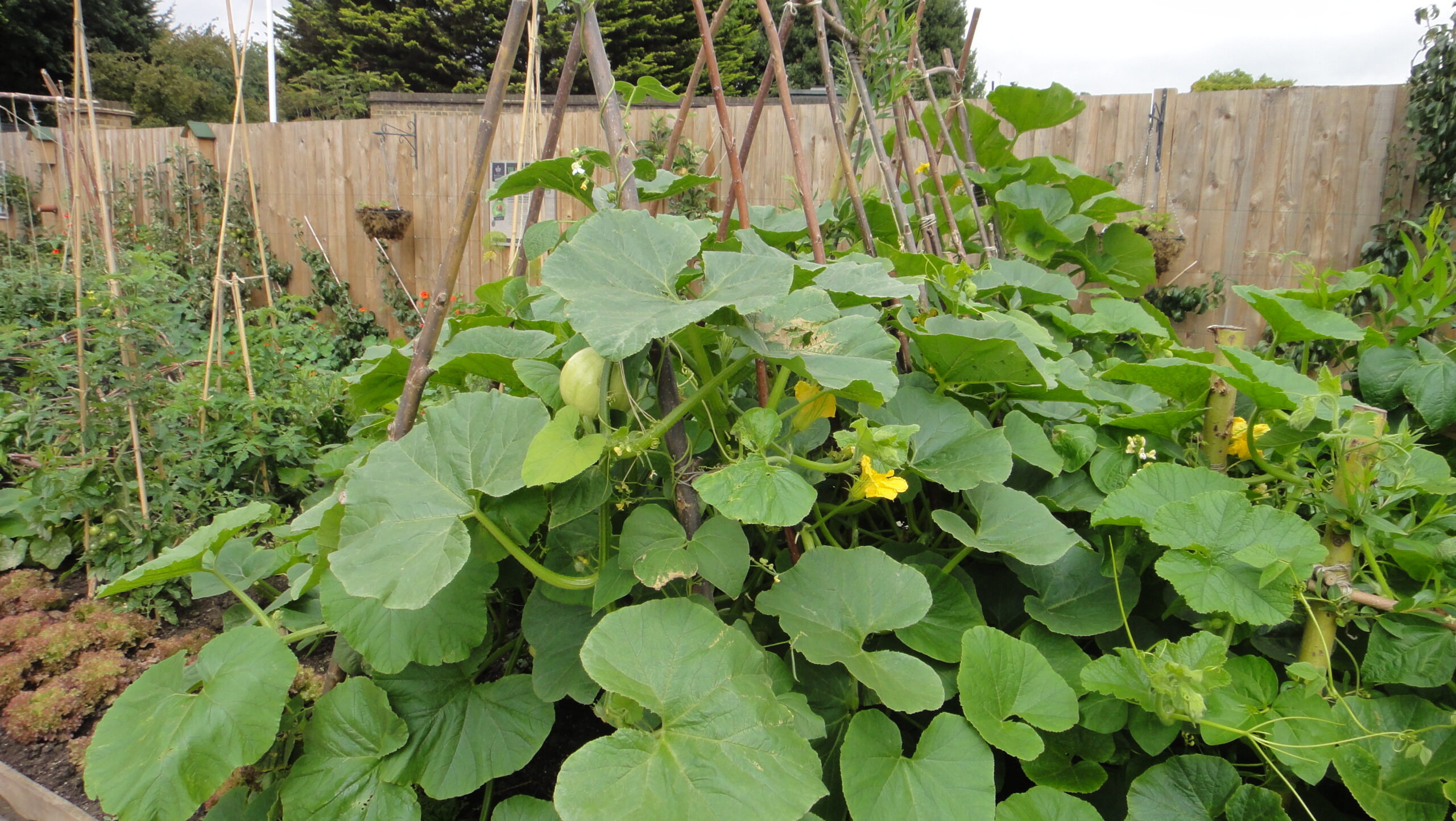 Gardening enthusiasts have their own set of jargon, just like many other hobbyists. Some of these terms can be confusing, especially to the gardening newcomer. So here’s a brief list of terms that all gardeners should get familiar with.
Gardening enthusiasts have their own set of jargon, just like many other hobbyists. Some of these terms can be confusing, especially to the gardening newcomer. So here’s a brief list of terms that all gardeners should get familiar with.
Annual — Plant that completes its life cycle from seed germination to seed production in one growing season.
Biennial — Plant that completes its life cycle over two growing seasons; usually produces only vegetation its first season, then flowers and fruits the second season, and then dies.
Bulb — Underground plant structure made up of modified stem and leaves for storing carbohydrates.
Bud — Undeveloped shoot with leaves (vegetative) or flowers (floral).
Conifer — Plant whose fruiting structure is a cone.
Cultivar — Cultivated variety; chosen for a feature(s) that varies from its species.
Deciduous — Plant that loses all of its leaves annually.
Dormant — Reduced state of physiological activity.
Evergreen — Plant that retains at least some of its foliage throughout the year.
Herbaceous — Plant that dies back to the ground at the end of the growing season (can be annual or perennial).
Horticulture — Art and science of growing ornamental plants, vegetables and fruits.
Hybrid — Result from the interbreeding of two distinct species, cultivars or varieties.
Invasive — Growing aggressively and outcompeting other plants in the same area; difficult to control.
Invasive Species — A non-native species whose aggressive character does, or is likely to cause harm to the environment, economy, or human health.
Mulch — Cover placed on top of soil and/or around growing plants to suppress weed growth, conserve soil moisture, and/or modify temperature.
Native plant — Plant species indigenous to a specific geographic area and, thus, usually best adapted to those local conditions.
 Perennial — Plant that lives for more than two growing seasons; can have multiple seed stages.
Perennial — Plant that lives for more than two growing seasons; can have multiple seed stages.
Photosynthesis — Process by which plants convert light energy, carbon dioxide and water into carbohydrates.
Pinch — Removal of young stem tips.
Plant Propagation — Increase in the number of plants, using seed, stem, leaf, root or other plant tissue.
Shrub — Woody perennial plant with multiple main stems, generally smaller than a tree.
Tree — Woody perennial plant with one or very few main stem(s).
Wildflower — Plant species that grows and reproduces on its own, without human intervention.
Woody Plant — Plant whose stems persist from year to year, adding layers of cells each season